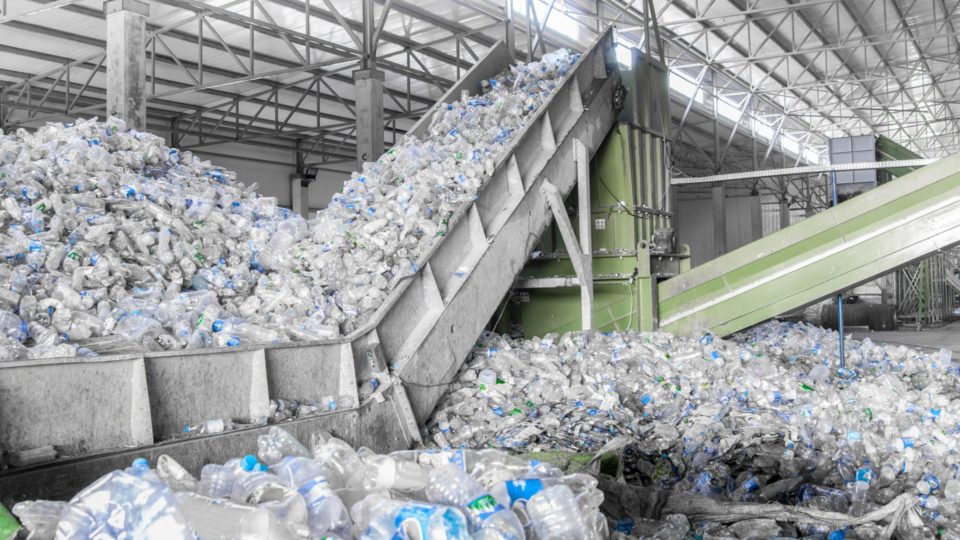Fast and Accurate
Ecosystems around the world are facing growing threats. The increasing pace of industrialization, growing populations, urbanization, and climate changes can wreak havoc on emerging economies, resulting in health and social implications. Not surprisingly, researchers, scientists, and governments are investing significant resources in monitoring and preventing these environmental hazards.
Spectroscopy is a technique that is very well suited for various environmental applications. Recently, there has been an increase in the need to identify and trace chemical contaminants, especially organic compounds, as they harm the environment.
Download our free Environmental eBook
Learn more about spectroscopy applications in the environmental market
Contamination Monitoring
The monitoring of contaminants in groundwater, air, soil, and products is of particular concern because of the difficulty of real-time, in-situ analysis that not only indicates the presence of contaminants but can quickly quantitate and identify them.
Fluorescence measurements are a typical choice for detecting the presence of hydrocarbon pollutants while using Raman spectroscopy to identify organic contaminants. Laser-induced breakdown spectroscopy (LIBS) and fluorescence measurements are both used in processing nuclear material, and we see absorbance spectroscopy used in water quality monitoring of coastal waterways.
The AvaSpec-ULS2048CL-EVO is well suited for most standard environmental applications, including but not limited to fluorescence measurements.
Recycling
Recycling has become an essential subject in today’s society due to the impact of waste on our environment and the loss of valuable resources. Whereas in the past, recyclable materials (e.g., paper, plastics, and textiles) were sorted mainly by hand, the use of near-infrared (NIR) spectroscopy has become a standard in the recycling industry.
Plastic is one of the most challenging materials to classify in recycling waste streams. Reflection measurements employing near-infrared spectroscopy enable the classification of many of the most common polymers in recycling waste streams.
Modern large-scale recycling sorting systems use NIR spectroscopy to rapidly and automatically identify different plastics and eliminate contaminants. The AvaSpec-Mini-NIR is well suited for this environmental application because of its versatility in the 900-1750 nm range. Due to its small form factor, this miniature spectrometer can easily be integrated into various recycling systems.

Pollution Monitoring
As the developing world has continued to industrialize in its transition into modernity, the energy demand is skyrocketing, particularly in places like China and India. While cleaner technologies are reaching some worldwide markets, roughly 40% of the electricity generated worldwide is from coal-burning power plants; in countries such as China and India, this is as high as 70 to 75%. As a result, environmental monitoring systems are as relevant today as they have ever been.
Spectroscopy can be utilized for environmental monitoring in the form of differential absorption spectroscopy (DOAS) and continuous emission monitoring systems (CEMS). Our AvaSpec-ULS2048x64-EVO and AvaSpec-ULS2048XL-EVO are great candidates to use for these applications.

Why choose Avantes for your environmental application?
- Real-time process monitoring
- Ultra-low stray light design to ensure accurate measurements
- Precise timing controls over instruments to ensure repeatable measurement procedures
- Stable equipment to measure over long periods of time
Related Products
These include some of the products mentioned in the application examples above. Contact one of our sales engineers for advice to find the perfect setup for your specific application.
Application Examples
Below are detailed application notes on various uses of spectroscopy in the environmental industry.
